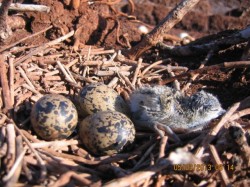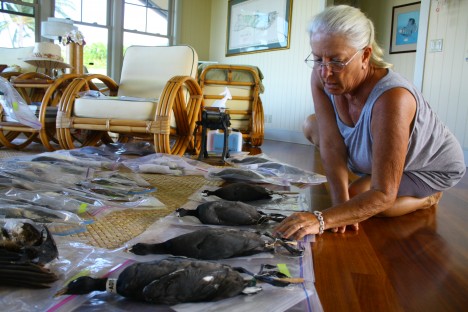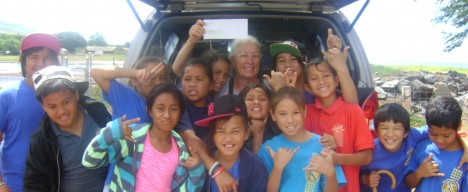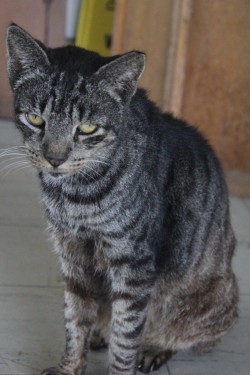Wetland Classroom Goes High-Tech

Nene O Molokai News Release
The Monsanto Fund has awarded $8,000 to Nene O Molokai for its Wildlife Without Walls environmental educational program at the Koheo wetland. The funding will be used to purchase a laptop computer for field work at the wetland, enabling students to conduct onsite GIS (geographic information system) mapping of the on-going wetland restoration, and download water quality data collected with Pasco Probeware donated by the Center for Advanced Communications and Engineering at the University of Hawaii, Manoa. Also included in the award is funding for the site’s operation and propagation supplies for the out-planting of native vegetation utilized culturally and agriculturally, and for endangered waterbird habitat enhancement.…















